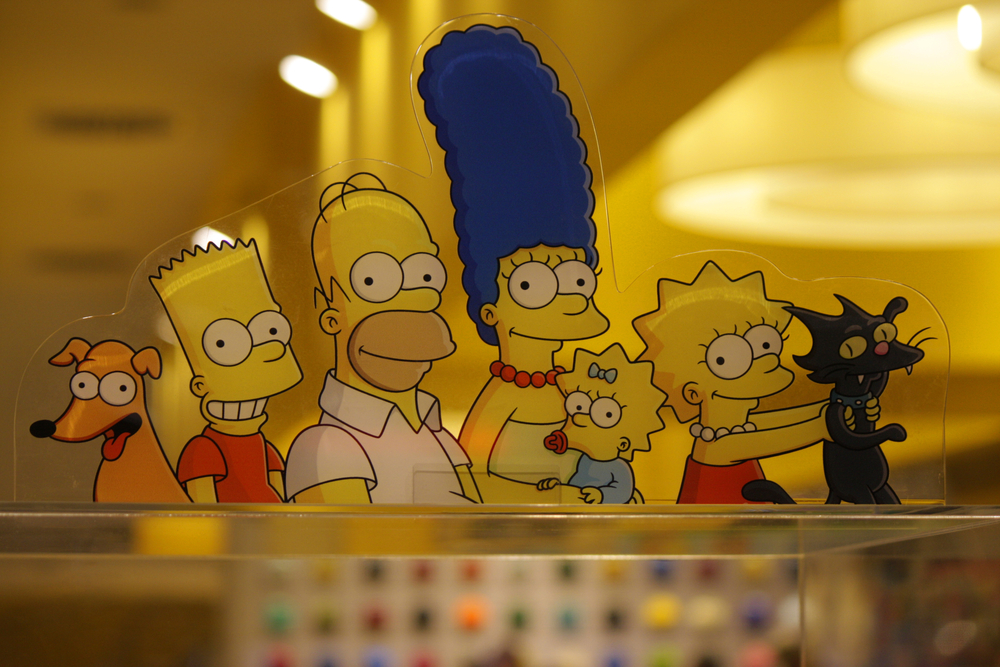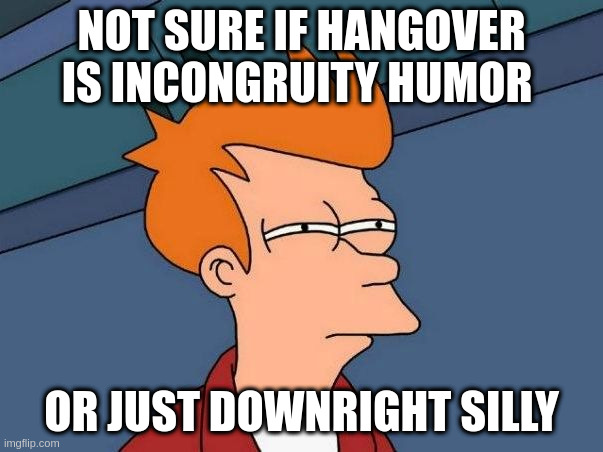Table of Contents (click to expand)
Although there are many theories (e.g., incongruity, superiority) on humor, and while current studies continue to shed light on brain mechanisms underlying laughter, there is still no consensus among researchers and scientists on what people cognitively assess as ‘funny,’ nor what elements make a particular joke or situation effective enough to trigger laughter.
“Knock, knock!
Who’s there?
Rufus.
Rufus who?
Rufus the most important part of your house.”
Chances are, you didn’t laugh.
Even so, knock-knock jokes have made people laugh since the 1930s. The one above was famously published in 1936 in a newspaper ad. Their origin can be traced back to William Shakespeare’s Macbeth. Despite that, it probably wasn’t funny enough to crack you up.
If laughter is so common an experience, then why does it seem so difficult to make someone laugh? To get to the heart of this, we have to find out what makes us laugh in the first place.
Laughter Is A Natural Behavior

Laughter isn’t always followed by jokes. Babies as young as two months old begin to cackle, giggle and laugh before they learn to speak. It isn’t something they learn while growing up, nor is it something they deliberately do. Even children who are born deaf and blind can laugh.
According to laughter expert Robert Provine, a professor of neurobiology and psychology at the University of Maryland, “Laughter is primitive, an unconscious vocalization.” That means that you don’t decide what to find hilarious. Certain things just get you laughing. The ability to laugh is hardwired into our brains.
Thus, when someone is not actually amused, but still tries to ‘fake laugh’ at a joke, it may not work. Research shows that people can tell the difference between real laughs and fake ones.

Also Read: The Science Of Laughter: Why Do We Laugh?
What Makes Something Funny?
Scientists and philosophers have been grappling with this question for centuries.

What do Homer Simpson and Phil Dunphy of Modern Family have in common? They are the typical dads of modern sitcoms—cute, well-meaning but incompetent, clueless, and at times, the epitome of buffoonery. According to the superiority theory of humor, this is what makes them funny.
Thinkers of the past, such as Plato, Aristotle, Hobbes and Descartes, shared the view that people are amused when they get to feel superior to others. This explains why oddballs, misfits, dimwits, goofy and deranged characters (how can we forget Mr. Bean?) make us laugh.
Freud, the father of modern psychology, suggested that people find forbidden things amusing. He saw laughter as a valve to release built-up tension (e.g., repressed impulses of violence in your mind). Think about physical comedy like Jackie Chan’s action-packed slapstick movie scenes—people striking each other and fighting to generate laughs!
This doesn’t explain certain forms of humor, such as knock-knock jokes, where the joke-teller introduces incongruity (i.e., a mismatch) in the reader’s mind by using words with the same sound, but different meanings (Roofus, roof is) in the punchline. This aligns with the incongruity theory of humor, which was set forth by two major philosophers, Immanuel Kant and Arthur Schopenhauer.

The incongruity theory of humor points out that when two incompatible things or ironic concepts (i.e., absurd, out of the ordinary, what is expected to happen vs. what we actually see happening) are placed together, it becomes really funny. In Charlie Chaplin movies, we find some nice examples of incongruity, i.e., when he uses the tablecloth as a handkerchief or a person as an armrest. The scenes violate our expectations somehow, arousing laughter. Have you seen the Austin Powers movies? By violating the prevailing norms of the espionage genre, the movies become flat-out hilarious.
A piece of media can involve more than one type of humor. The movie Dumb and Dumber can be explained using a combination of theories, such as relief, superiority and incongruity.
Basically, there are plenty of theories on humor, but is there a guaranteed, fool-proof way to make someone laugh? You’ll be lucky if you find one, because all people are different.
Also Read: What Is Dark Humor?
People Perceive Things Differently
Laughing is universal, but not what ‘triggers’ that laughter. Our reaction to humor can be affected by a number of variables, including the context of the information, our culture, religion, attitudes, quirks, idiosyncrasies and past experiences.

Laughter isn’t a learned behavior; how you pay attention to and process a joke or a funny situation is primarily the result of your learning. We try to control our ‘urge’ to laugh (like other instinctive behaviors) in a situation or occasion that we might consider inappropriate.
At the 94th Academy Awards, actor Will Smith slapped comedian Chris Rock, who had just made a joke about his wife. Bizarre game shows may be hilarious to Japanese audiences, but few Americans find them equally funny. Similarly, racist jokes may draw laughter from a few, but would be scorned by many. Thus, it goes without saying that funniness can be subjective. We can clearly see this with the ongoing debate that audiences today are easily offended and often too sensitive to appreciate humor.

Also Read: Why Do We Laugh And What Are The Different Kinds Of Laughter?
Most Laughs Aren’t About Jokes
Now here comes the fun part.
Maybe your joke is really witty and adheres to the most prominent theories of humor, but it still doesn’t mean someone will laugh.
We may tend to think of humor and jokes as the only reason for laughter, but a survey reveals that only 10%-20% of the laughs we have are induced by joke-like remarks.
We laugh mostly to build relationships and to bond with people around us. Like small talk, laughter has a key social function. Laughter releases neurochemicals that create a sense of connection and belonging, coupled with the warm fuzzy feelings of happiness, mirth, and joy. Perhaps that’s why Mindy Kaling says, “The best kind of laughter is laughter born of a shared memory.”
Hence, with a growing rise in relationship problems and a general lack of emotional intimacy in modern life, making someone laugh seems to be quite a challenge, but when you do get a chuckle out of someone, it feels good!
A Final Word
Whether you find something funny or not, remember that laughter comes with an array of physical and psychological benefits. Good laughs can keep your heart healthy and make your immune system stronger, which is certainly no laughing matter.
So, next time you get the chance to have a laugh (whether it’s a snicker, giggle, chortle or helpless belly laugh) with your loved ones, just let loose and do it!
Also Read: Why Is Laughter So Contagious?
How well do you understand the article above!

References (click to expand)
- Provine R. R. (2001). Laughter: A Scientific Investigation. Penguin
- Humor, Laughter, and Those Aha Moments. Harvard Medical School
- Jiang, T., Li, H., & Hou, Y. (2019, January 29). Cultural Differences in Humor Perception, Usage, and Implications. Frontiers in Psychology. Frontiers Media SA.
- Riem, M. M. E., van IJzendoorn, M. H., Tops, M., Boksem, M. A. S., Rombouts, S. A. R. B., & Bakermans-Kranenburg, M. J. (2011, December 21). No Laughing Matter: Intranasal Oxytocin Administration Changes Functional Brain Connectivity during Exposure to Infant Laughter. Neuropsychopharmacology. Springer Science and Business Media LLC.
- Bryant, G. A., & Aktipis, C. A. (2014, July). The animal nature of spontaneous human laughter. Evolution and Human Behavior. Elsevier BV.
- When You Bust Out Laughing | Psychology Today. Psychology Today
- Mitchell, A. G. (2009, August 24). Greek Vase-Painting and the Origins of Visual Humour. []. Cambridge University Press.
- (2014) Incongruity Theory and the Explanatory Limits of Reason. The University of Vermont
